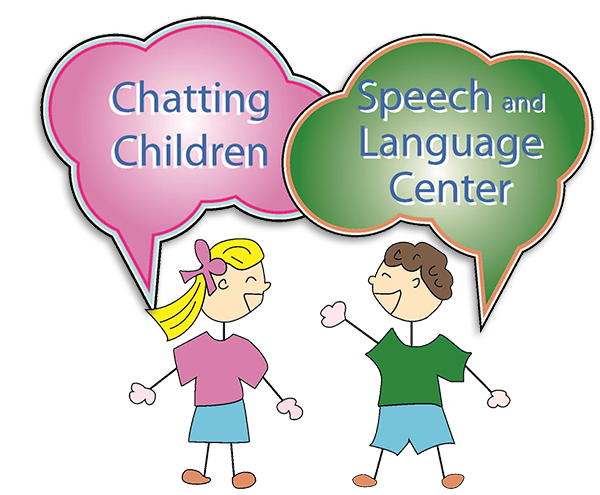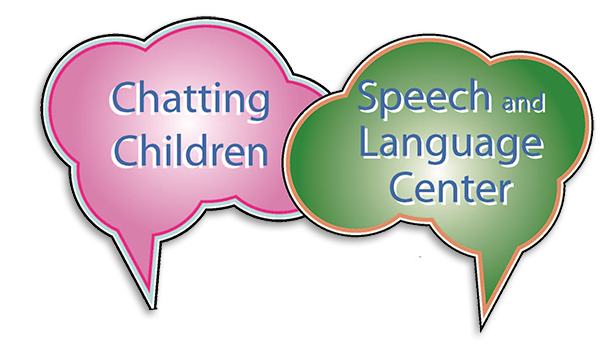Here we list common developmental milestones in terms of social skills and receptive/expressive language. Please note that these are approximations – every child is unique and may variate slightly from these milestones. Should you have any questions, please don’t hesitate to contact us. We’re glad to help!
TITLE
DESCRIPTION
DEVELOPMENTAL MILESTONES
SOCIAL SKILLS
- Look when name is called
- Imitate other children and adult-actions
- Initiate turn-taking activities or routines
- Point to, show or give objects to others
- Respond to other children’s vocalizations
- Use vocalizations more frequently during interactions
- Use words to protest
- Watch other children in play and join them briefly
- Have difficulty sharing
- Begin more imaginative play by copying actions of adults
- Show empathy toward other children (respond to their emotions)
- Establish and maintain eye contact with a peer or adult when communicating
- Take turns and share with children during play
- Use greetings (Hi Rachel!) and farewells (Bye bye Mommy) with peers and adults
- Make requests
- Respond to questions
- Use communicative functions such as role-playing, joking, teasing
- Have a vivid imagination
- Ask for help
- Prefer to play with other children rather than play alone
- Maintain a conversation over many turns
- Begin negotiating with peers and adults
- Enjoy imaginative play
- Play games with simple rules (e.g., Hide and Seek, Candy Land)
- Begin to tell (and understand) jokes and riddles
- Express wants, needs and thoughts with peers and adults
- Distinguish right from wrong
- Resolve conflicts
- Understand humor
- Engage in back and forth communication
- Modify speech according to listener’s needs
- Play and negotiate with others
- Demonstrate well organized play
- Retell events and follow routines with ease
- Recognize a socially offensive message and reword it in a polite form
- Contribute appropriately to adult conversations
RECEPTIVE AND EXPRESSIVE LANGUAGE
| UNDERSTANDING LANGUAGE | VERBALLY COMMUNICATING |
|---|---|
|
|
| UNDERSTANDING LANGUAGE | VERBALLY COMMUNICATING |
|---|---|
|
|
| UNDERSTANDING LANGUAGE | VERBALLY COMMUNICATING |
|---|---|
|
|
| UNDERSTANDING LANGUAGE | VERBALLY COMMUNICATING |
|---|---|
|
|
| UNDERSTANDING LANGUAGE | VERBALLY COMMUNICATING |
|---|---|
|
|
| UNDERSTANDING LANGUAGE | VERBALLY COMMUNICATING |
|---|---|
|
|
| UNDERSTANDING LANGUAGE | VERBALLY COMMUNICATING |
|---|---|
|
|

